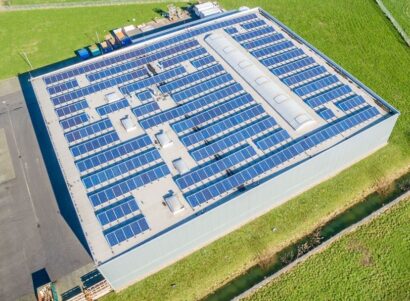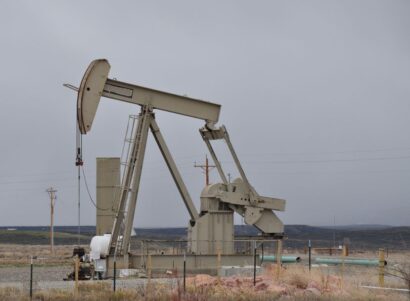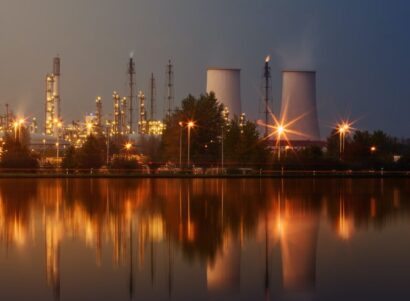Background
In California, 11.5 million households use natural gas. Of these, typically 70% cook with gas stoves or ovens—making the state home to the largest share of gas consumers in the nation. Recent research from PSE Healthy Energy and others has shown that gas appliances leak, even when they are off and that gas used in homes in the Greater Boston region contain numerous hazardous air pollutants.
In a peer-reviewed study, published in Environmental Science & Technology, PSE scientists tested natural gas from 159 homes across California. Their findings provide the most comprehensive data to date on the hazardous air pollutants in California’s distribution-level natural gas and the potential for gas leaks to impact air quality.
Key Findings
- Hazardous air pollutants are ubiquitous in natural gas throughout California, including in each of the state’s major gas utilities: Pacific Gas and Electric (PG&E), Southern California Gas Company (SoCalGas), and San Diego Gas and Electric (SDG&E).
- Of the 10 most commonly detected pollutants, six are federally-designated hazardous air pollutants under the Clean Air Act. Benzene, a known human carcinogen, was found in 99% of samples.
- When gas stoves are off they have the potential to leak enough benzene to create indoor concentrations comparable to secondhand smoke. These concentrations do not account for benzene emitted while the appliance is being used.
- Gas appliances and distribution infrastructure in California emit the same amount of benzene each year as nearly 60,000 cars.
- Benzene concentrations varied by region, with the highest levels found in Los Angeles County and neighboring areas. Exceptionally high benzene concentrations were observed in the North San Fernando and Santa Clarita Valleys, where benzene concentrations roughly 30 times greater than the statewide average were observed.
Policy Implications
- Natural gas throughout California contains numerous hazardous air pollutants that are linked to cancer, asthma, and the formation of smog. Given the scale of leaks throughout the state, natural gas is a significant source of air pollution that can impact air quality and public health. These emissions are not currently included in any statewide emissions inventory.

 Explainer video
Explainer video






